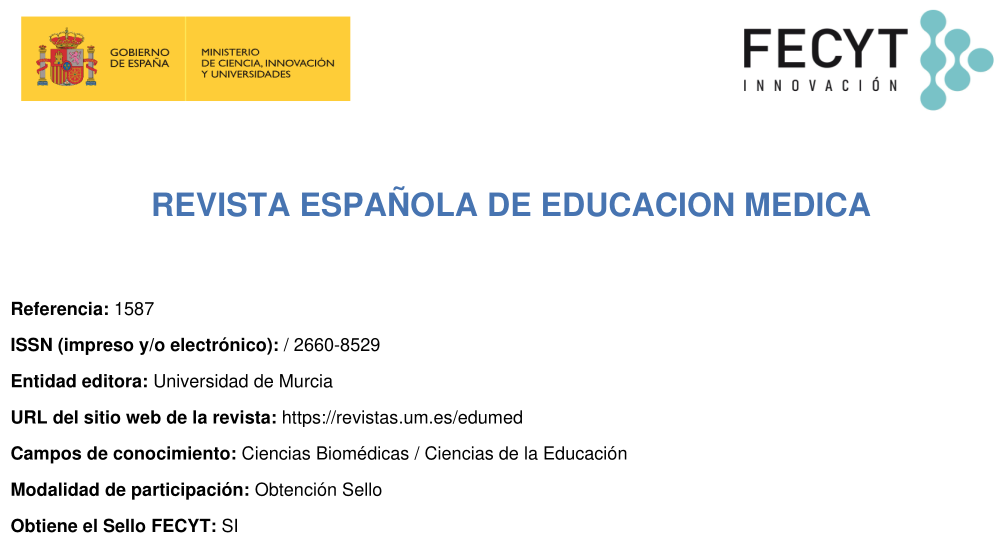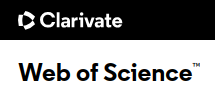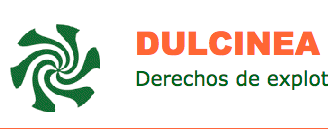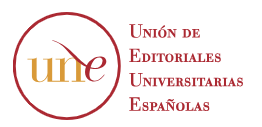Improvement of suturing skills after training. Presentation of a simulation and evaluation model.
Abstract
Introduction. Acquiring surgical skills through simulation is a growing need nowadays. Every day more, patient safety is valued, and therefore it is
unacceptable that surgeons without previous training attend patients. Our objective is to develop a low-cost simulation system, and a score, which allows
evaluating the acquisition of knowledge. Methods. 6 first-year ophthalmology residents were chosen to perform two recorded sessions, where they performed different suture techniques. Between them, the residents were allowed to complete a 4-session training. After completing the training, the initial and final sessions were evaluated by 3 blind expert surgeons. Mann–Whitney tests were
used to compare scores. And the agreement between the three evaluators was checked using the Fleiss´ kappa concordance test. Results. The concordance in
the evaluation between the three examiners was substantial, κ= 0,71 (IC 95%, 0,33 a 0,82), p < .0005. Residents improved their median performance scores after completion of training (6,52 vs 7,81) however, no significant differences were found due to the small number of participants. Conclusion. We developed a low-cost, portable training system with acquisition of skills in a group of residents.We have also developed an evaluation scale that allows to objectively assess
progression.
Downloads
Metrics
-
Abstract382
-
pdf251
References
Shah NP, Lalli A, Palmer J, Jones J. Objective assessment of intra-oral suturing for certification of competency. Eur J Dent Educ. 2021;10.1111/eje.12738
Kilkenny JJ, White K, Singh A. Evaluating veterinary student skill acquisition on a laparoscopic suturing exercise after simulation training. Vet Surg. 2019;48(S1): O66-O73.
Kappa Landis JR, Koch GG. The measurement of observer agreement for categorical data. Biometrics 1977; 33:159–74.
Theodoraki K, Naderi K, Lam CFJ, Tan JK, Jameel A, Lai L, Garcia LO, Low S, Bhogal M, Robbie S, O'Brart D. Impact of cessation of regular cataract surgery during the COVID pandemic on the rates of posterior capsular rupture and post-operative cystoid macular oedema. Eye (Lond). 2022 Feb 3:1–6.
Tellez J, Abdelfattah K, Farr D. In-person versus virtual suturing and knot-tying curricula: Skills training during the COVID-19 era. Surgery. 2021 Dec;170(6):1665-1669.
Rosen JM, Long SA, McGrath DM, Greer SE. Simulation in plastic surgery training and education: the path forward. Plast Reconstr Surg 2009;123(02):729–738.
Al-Bustani S, Halvorson EG. Status of microsurgical simulation training in plastic surgery: a survey of United States program directors. Ann Plast Surg 2016;76(06):713–716.
Masud D, Haram N, Moustaki M, Chow W, Saour S, Mohanna PN. Microsurgery simulation training system and set up: an essential system to complement every training programme. J Plast Reconstr Aesthet Surg 2017;70(07):893–900
Loh CYY, Tiong VTY, Loh AYH, Athanassopoulos T. Microsurgery training–a home do-it-yourself model. Microsurgery 2014;34 (05):417–418.
Copyright (c) 2022 Servicio de Publicaciones de la Universidad de Murcia

This work is licensed under a Creative Commons Attribution-NonCommercial-NoDerivatives 4.0 International License.
The works published in this magazine are subject to the following terms:
1. The Publications Service of the University of Murcia (the publisher) preserves the economic rights (copyright) of the published works and favors and allows them to be reused under the use license indicated in point 2.
2. The works are published under a Creative Commons Attribution-NonCommercial-NoDerivative 4.0 license.
3. Self-archiving conditions. Authors are allowed and encouraged to disseminate electronically the pre-print versions (version before being evaluated and sent to the journal) and / or post-print (version evaluated and accepted for publication) of their works before publication , since it favors its circulation and earlier diffusion and with it a possible increase in its citation and reach among the academic community.


















